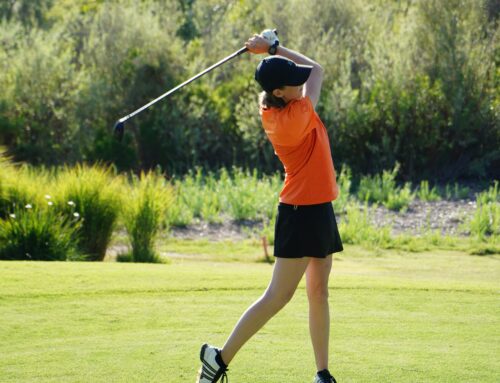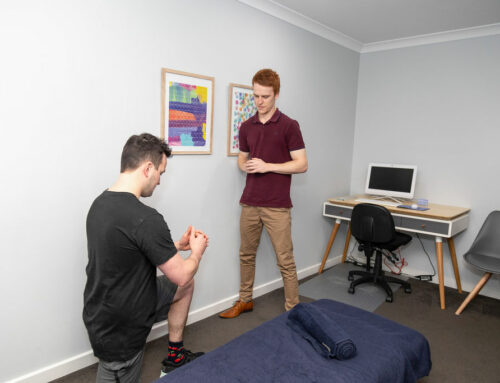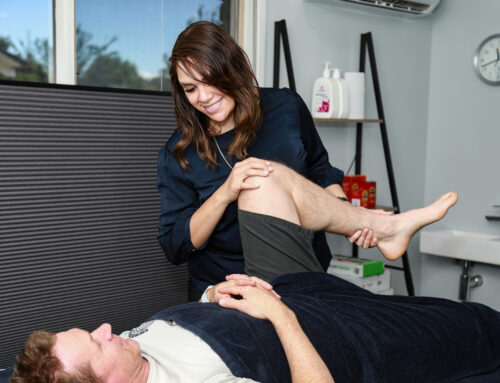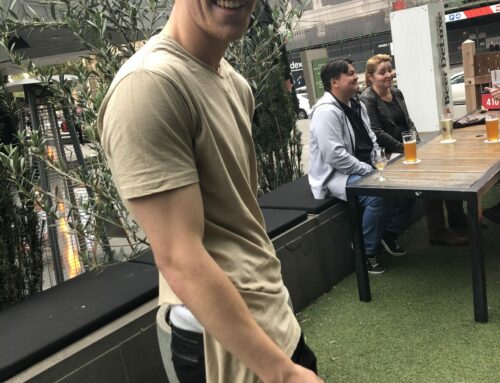Most of us have heard about or know someone who has suffered from carpal tunnel syndrome (CTS), but what is it? What causes it? And what can you do about it?
 The Anatomy of the Carpal Tunnel
The Anatomy of the Carpal Tunnel
The carpal tunnel is an important structure found at the front of the wrist, just below your palm. It is formed by the bones of the wrist (carpal bones) and a thick band of connective tissue known as the flexor retinaculum.
The tunnel houses the tendons of the muscles that allow you to flex your wrist and fingers. The median Nerve, which supplies some of the muscles in the forearm and hand, also runs through the tunnel. Compression of this nerve in the carpal tunnel leads to a collection of signs and symptoms that are known as carpal tunnel syndrome.
What causes CTS?
Often CTS develops idiopathically, meaning it occurs spontaneously without a known cause. It can also be caused by the thickening of ligaments and tendons, bony spurring of the carpal bones and inflammation within or near the carpal tunnel.
There are a few things that can increase your risk of developing carpal tunnel syndrome, such as:
- Conditions that affect the nervous system (e.g. diabetes)
- Rheumatoid arthritis
- Obesity
- Occupations that require repetitive wrist movements, especially wrist flexion
Your osteopath will work with you to identify any underlying risk factors that you may have and manage them accordingly.
What are the signs and symptoms?
The main symptoms are pain, numbness and tingling in the thumb and first three fingers. This pain can radiate further up the forearm and can often wake you up at night. If left untreated, CTS may cause weakness and atrophy (muscle wasting) of the muscles of the thumb. This may cause you to drop things and struggle to button up shirts or jackets.
What can I do about it? And what can an osteopath do for me?
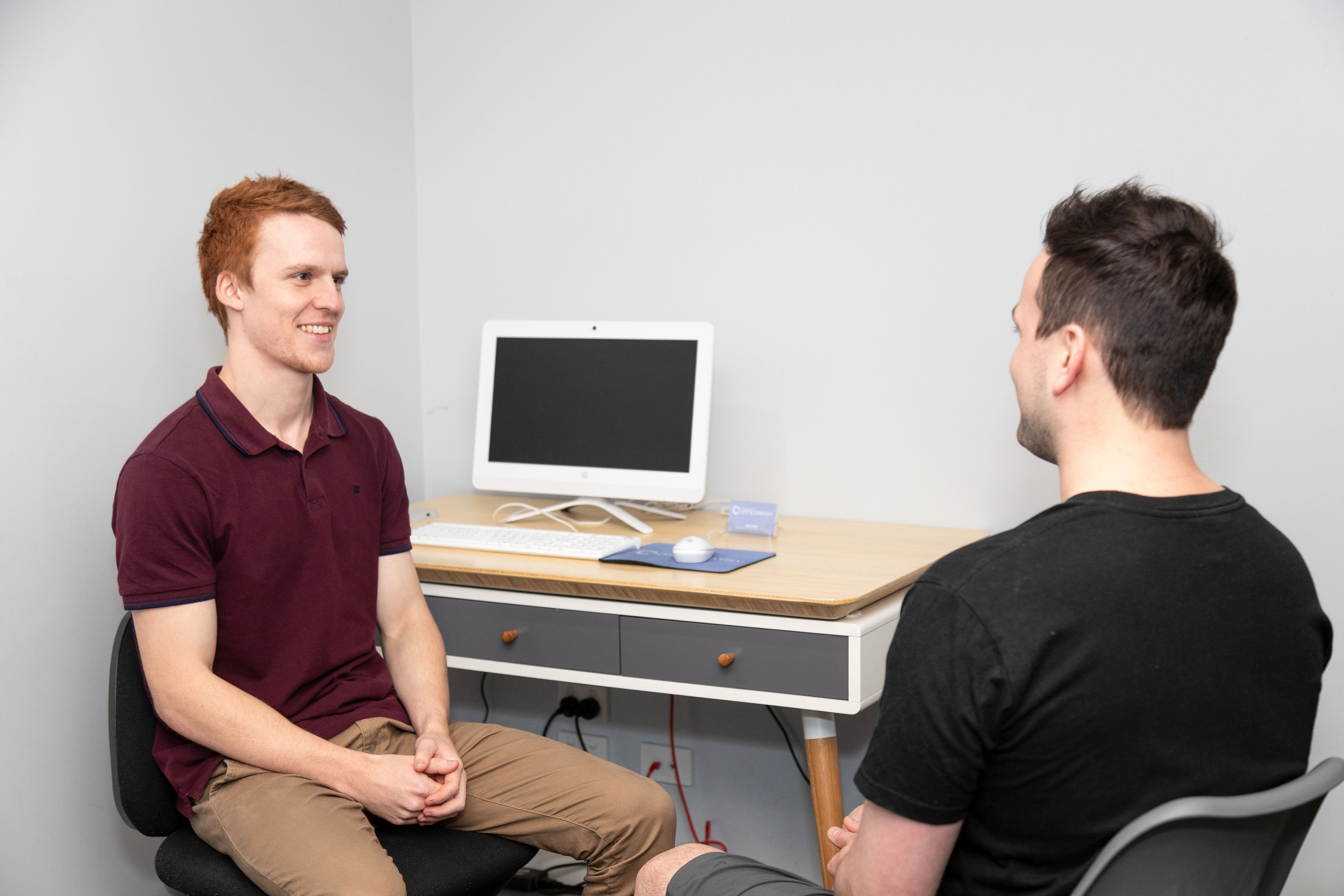
Inside the treatment room, your osteopath may use techniques such as soft tissue massage and stretching, articulation, mobilisation, manipulation and dry needling, as well as provide you with some advice about your posture at work. A home based exercise program may also be prescribed to target areas that may be contributing to your CTS.
What about bracing?
In some instances, braces can provide some relief of overnight discomfort. There are plenty of options out there and it can be hard to know which one is right for you, so your osteopath at Pakenham Osteopathy will discuss this with you.
I want to know more!
If you have any further questions, don’t hesitate to get in touch via email at darren@pakenhamosteopathy.com.au or call the clinic on 5941 4157.
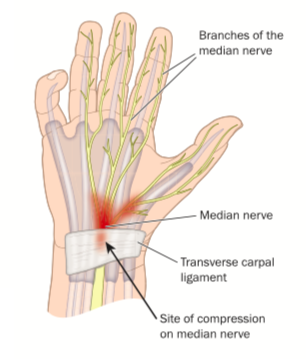 The Anatomy of the Carpal Tunnel
The Anatomy of the Carpal Tunnel